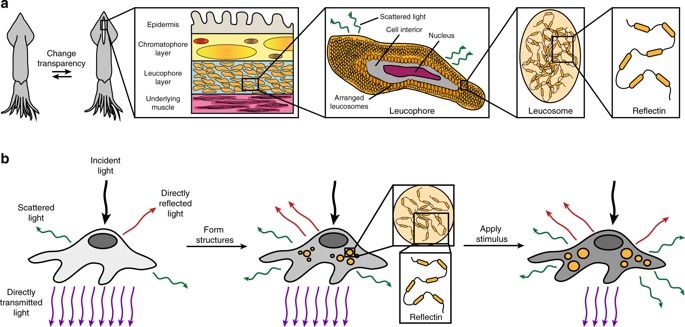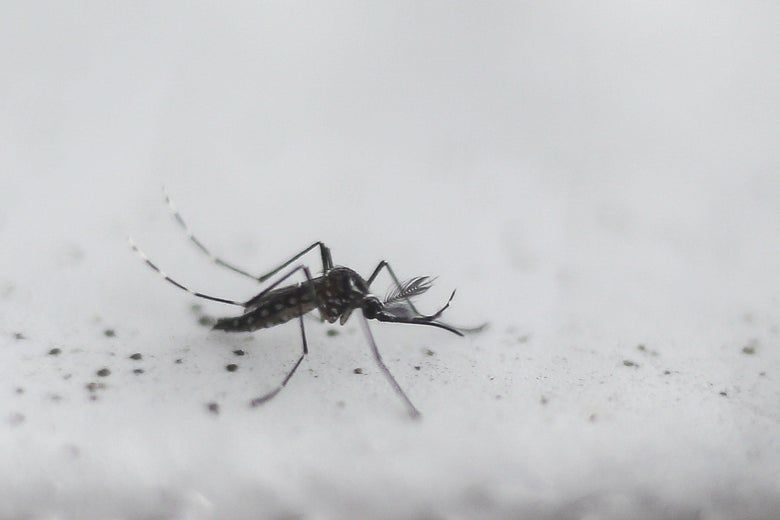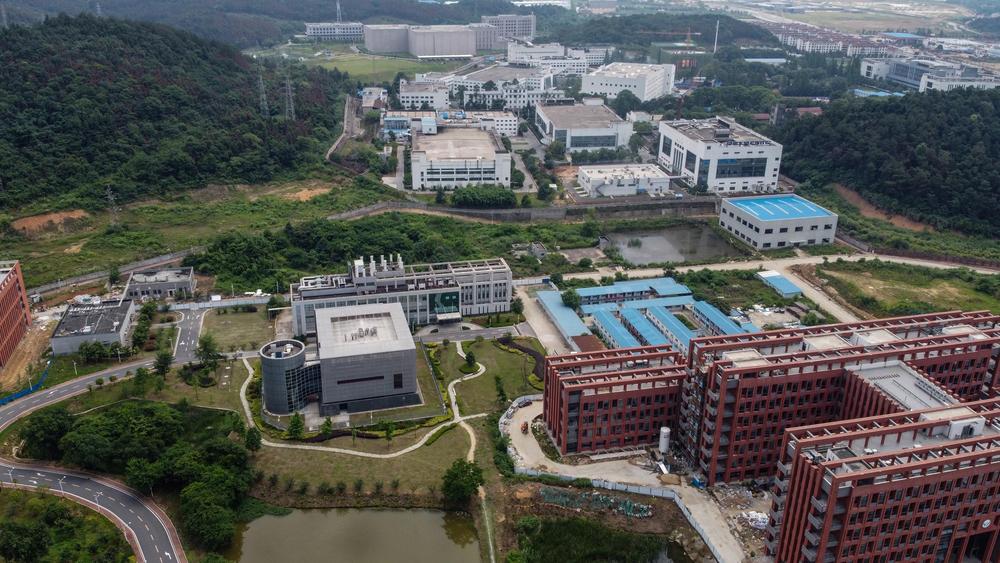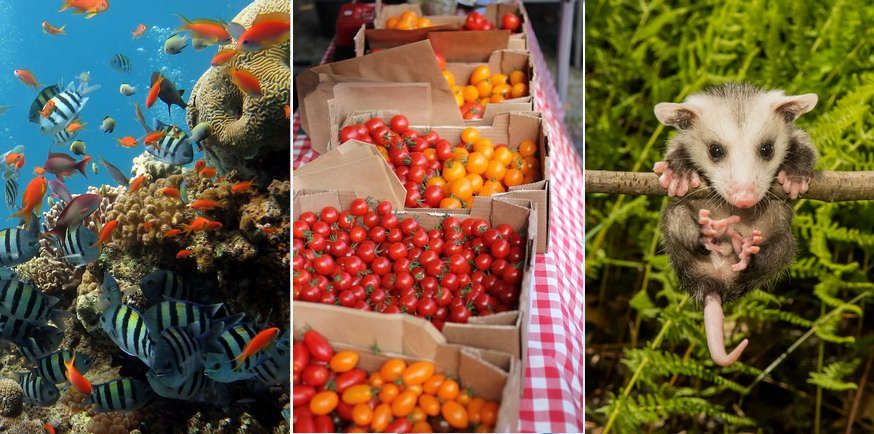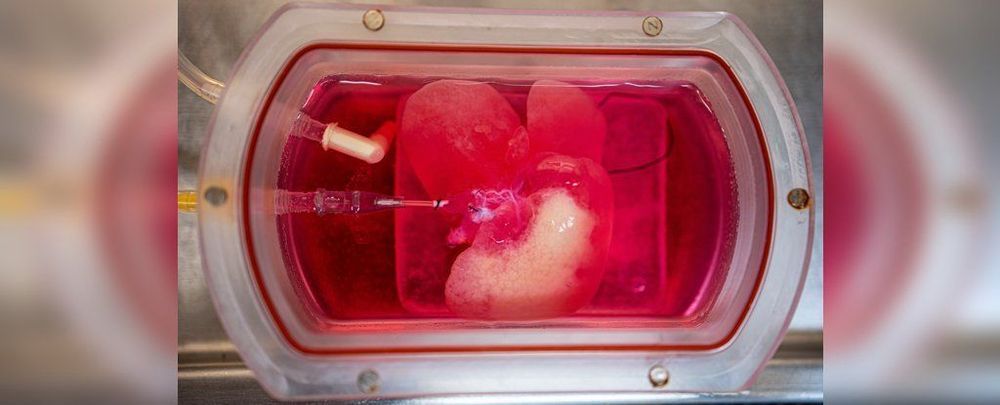Jun 12, 2020
Elon Musk makes getting humans to Mars his top priority
Posted by Lola Heavey in categories: bioengineering, Elon Musk, genetics, space travel
Genetic engineering and other advanced technologies may need to come into play if people want to live in Mars.
Last month’s NASA and SpaceX successful launch of astronauts from US soil for the first time in almost a decade, has reignited discussion about space travel to Mars and beyond. SpaceX is fronted by the billionaire Elon Musk.
Continue reading “Elon Musk makes getting humans to Mars his top priority” »


